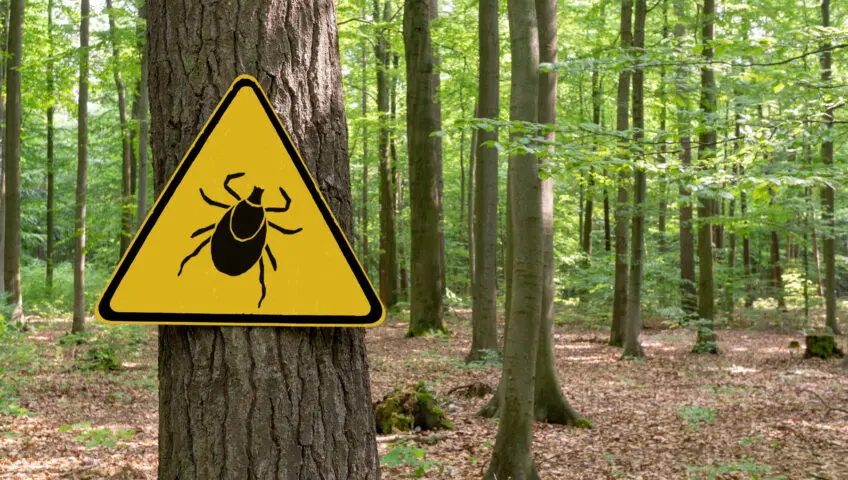As temperatures cool, it’s tempting to think the threat of ticks has subsided. However, these persistent pests demand our attention throughout the year. In the subtropical climate of Florida, ticks remain active. Venturing outdoors, especially in areas with tall grass, calls for protective measures against these arachnids.
Most common types in Florida
A common human-biting tick in Florida is the lone star tick, easily identifiable by the light-colored dot on the back of females. This tick species can transmit both ehrlichiosis – an illness that causes fever and muscle aches – and southern tick-associated rash illness.
Renowned as the primary vector of Lyme disease, the black-legged tick (also known as the deer tick) is prevalent in Florida. These ticks also carry such diseases as babesiosis, which may pose a risk to compromised immune systems.
In Florida, the American dog tick plays a crucial role in transmitting Rocky Mountain spotted fever, which is widely recognized as the most severe tick-borne disease in the United States. Untreated cases of the disease have a high mortality rate.
Ticks afflict city dwellers, too
This isn’t just a problem for people living in rural areas. In our urban settings, ticks find ample opportunities to latch onto unsuspecting hosts. The state’s warm and humid climate provides an ideal breeding ground for ticks, and urban areas with parks, gardens, and natural preserves offer diverse ecosystems where these parasites thrive. Residents engaging in outdoor activities such as walking, jogging, or spending time in green spaces, may unknowingly expose themselves to tick bites.
The increased presence of wildlife (deer, rodents, etc.) in urban environments contributes to the proliferation of ticks. These animals serve as hosts for ticks, allowing the parasites to reproduce and continue their life cycle. As humans come into contact with these infested environments, the risk of tick encounters rises.
Dogs and cats can sometimes pass ticks to their owners. It’s not uncommon for dogs to pick up these arachnids at the dog park, veterinarian or kennel and transmit them to humans.
Prevention
The health risks associated with ticks make bite prevention important. When heading to tick-prone areas, button up and tuck in your clothes, even placing your pants into your boots for added protection. Opt for lightly colored clothing to easily spot these tiny invaders, and always apply repellent before stepping out.
Upon returning indoors, conduct a thorough tick check on yourself and your pets. Quick and safe removal is crucial, whether the ticks are on your dog or clinging to your own skin.
Beyond personal protection, safeguard your property by clearing brush along pathways. Regular maintenance can significantly reduce tick habitats and potential encounters.
Call Slug-A-Bug
For comprehensive tick prevention, Slug-A-Bug’s pest control and lawn specialists are here to assist. Our expertise can help make your environment more tick-free and mitigate the risk of associated diseases. Contact us today at (321) 259-7844 to safeguard your home and loved ones year-round.
